Inner and Outer Spirals are a pair of alignment principles usually applied to the hip girdle. They are specifically designed to take us towards a place of balance, as they are based on the realization that wellbeing is a state of balance, not an extreme. This perspective runs counter to the widespread belief that more is always better. It also runs counter to the belief that the opposite of something “bad” must necessarily be “good”. Inner and Outer Spirals allow us to experience in our own bodies that neither of these two beliefs, no matter how widespread, is true. Because of their inherent balancing nature, and because they require and teach intricate movements of the core, Inner and Outer Spiral are wonderful tools to increase your wellbeing.
The problem with directional cues
Conventional yoga alignment instructions often tell you in which direction to move, but generally not how far. This is so at least in part to keep things simple, but simplicity isn’t necessarily good. Directional cues can encourage a student with an overly rounded back over time to reduce that rounding. However, when a student applies such a directional cue too eagerly, it can eventually take a student past the point of balanced alignment. It can take her to the opposite extreme of an excessive flattening of the thoracic spine.
Even generally excellent sources of yoga instruction sometimes fall into this trap. Even if they know this dualistic view to be not true, it’s hard to resist the catchiness of such a simple statement: “Reverse the curve!” (the title of a yogauonline.org article on reducing hyperkyphosis), sounds great. But it isn’t. And neither is this just an idle philosophical debate. Physiotherapists are now witnessing a new phenomenon: Yogis with a thoracic spine that is so flat that it is causing health issues.
Exhibit A: Seated pose
The tendency to overdo directional alignment cues is easy to spot in the simple cross-legged seated pose Sukhasana. Beginners have a tendency to slouch here and round their back. This is due in part because of tightness in the hips. Another reason is that they have never given the shape of their spine much thought. In contrast, many intermediate students have become aware of the tendency to slouch when seated. As a result, they have learned to compensate for the rounding of the lower back. Unfortunately they often over-compensate by forcing their slouching upper back into an arch, which is just as problematic as the slouch. Both slouching and trying-hard-not-to-slouch make it difficult to breathe, and when you can’t breathe, you can’t really be mindful, either.
Inner and Outer Spirals: Yoga’s middle path
Instead of slouching or forcefully not-slouching, Inner and Outer Spirals show us another way. Let’s call it the middle path of yoga. Skillfully balancing the spirals shows us how to find the place in the middle, where spaciousness is created and mindfulness is supported.
The beauty of Inner and Outer Spirals is that they are opposing actions that are always applied as a pair. Their explicit aim is to bring you into balance in the middle, no matter where you started. By always being engaged in tandem, Inner and Outer Spiral avoid the potential of a single directional alignment cue being taken to its detrimental extreme.
Spinal alignment starts in the hip joints
Spinal misalignments are generally the result of successfully avoiding doing the movement where it is most logical (but not easiest). That place is usually the hip joints, but sometimes the shoulder joints. Having minimized the movement in the hip joints, you task your spine with taking up the slack. This pattern of minimizing movement in the hip and shoulder joints is the reason for the slump in seated pose as well as the banana back in Handstand.
Inner Spiral involves anterior hip tilt
In the hip girdle the application of the two spirals is most easily understood and most immediately beneficial. Here Inner Spiral is the movement of the front of the thighs inward towards the midline of the body. This inward rotation causes the thigh bones to root deeper into the hip sockets, and the sit-bones to draw apart. More obviously, it also causes the tops of the hips to tilt forward (“anterior hip tilt”) and the lower back to arch more strongly.
Outer Spiral involves posterior hip tilt
Outer Spiral involves an outward rotation of the fronts of the thighs and a down- and forward scooping of the tailbone. It also involves the backward rotation of the hip crests, also known as “posterior hip tilt”. Outer Spiral flattens the lumbar arch or may even round the lower back.
It’s not just about the shape of the spine
Taken to an extreme, either Inner or Outer Spiral by itself feels awkward and looks positively silly. But when you apply them in a balanced fashion, they naturally and elegantly take you to a place of balance. They take you to a place where your lower back assumes its natural, spacious, gentle arch.
But applying Inner and Outer Spirals in combination does much more. In addition to reestablishing a natural arch in the lower back, the combined action of Inner and Outer Spiral engages the core muscles in the front and in the back body. This in turn creates a stronger connection between your legs and your torso, engages mula bandha, and supporters the lower back. It contributes to a sense of integration, strength and balance, especially in standing poses and inversions. Lastly, balancing the spirals increases your mindfulness. In order to notice your hips, and to place them intelligently, you have to tune into the here and now.
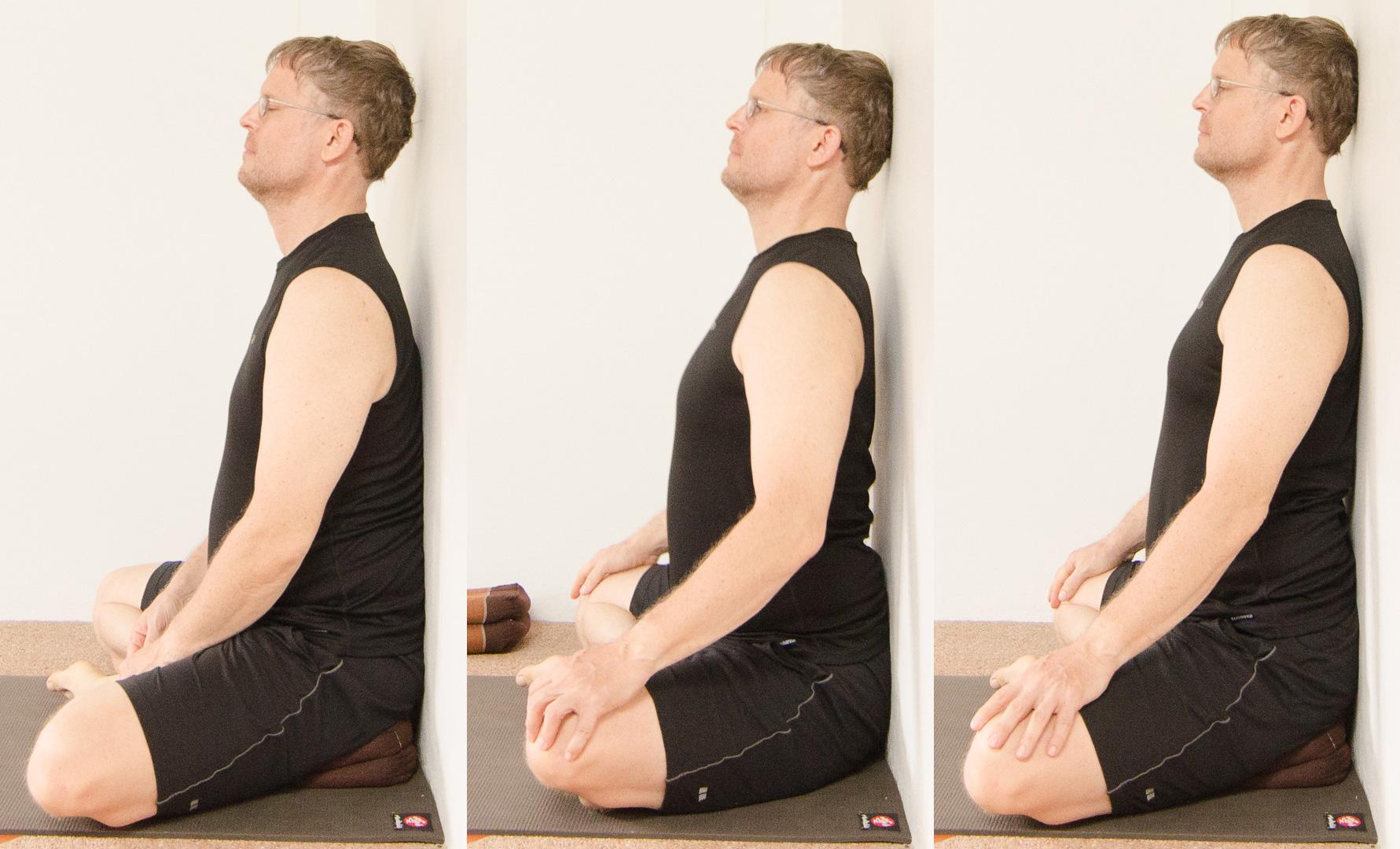
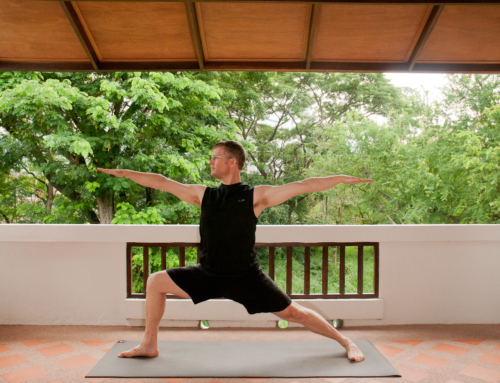
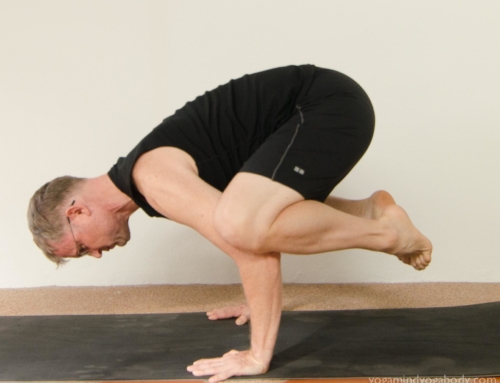
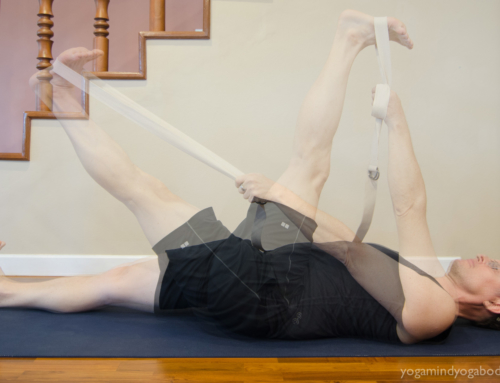
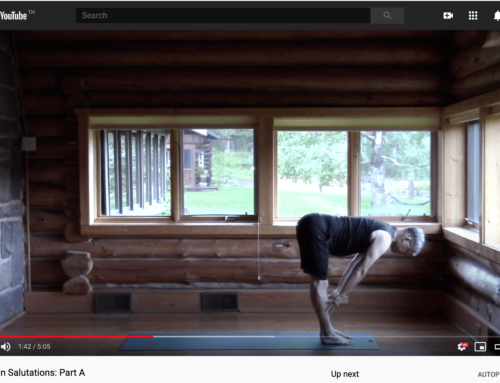
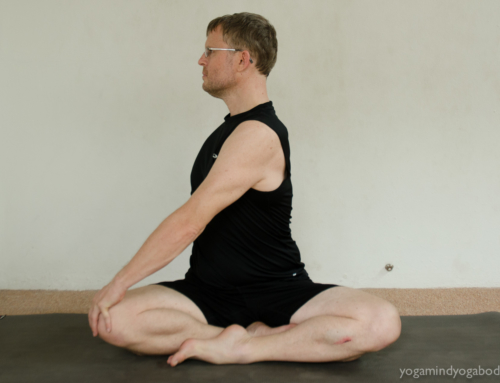
Saved as a favorite, I love your web site!
Thanks for the kind words. Do you know I am teaching a retreat January 10-14, online and in Northern Thailand?
Here is the link: https://yogamindyogabody.com/chiang-mai-retreats/yoga-retreat-thailand-january-2022/